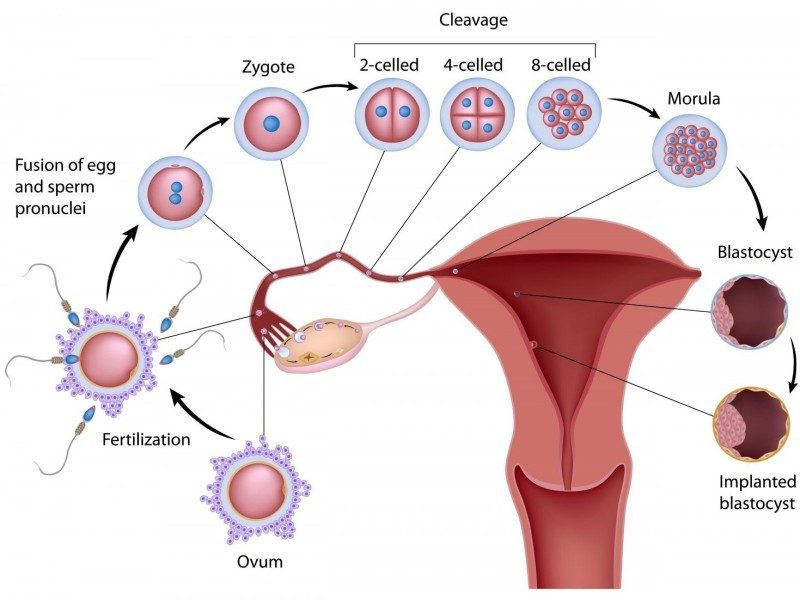What is fertilization?
Fertilization is where an egg and a sperm come together to form a fertilized productive cell. The new fertilized productive cell that is formed is called a zygote.
Fertilization can occur both inside someone’s body or outside of someone’s body. When it takes place inside someone’s body it happens in vivo. When it happens outside of the body it occurs in vitro. This is what happens during in vitro fertilization (IVF).
When fertilization occurs inside the womb, it takes place between 12 to 24 hours after the egg has been released from the ovaries.
How long can sperm survive?
Sperm can survive inside the fallopian tubes for up to seven days. This means that if you are trying to get pregnant with artificial insemination the sperm can be placed inside the body a number of days before ovulation occurs.
When does fertilization take place?
Fertilization takes place when a sperm penetrates the egg. Even though millions of sperm are present within ejaculate, only one sperm out of all of those million will penetrate the egg. After the egg has been fertilized no more sperm can enter the egg.
What happens once the sperm enters the egg?
Once fertilized, the zygote moves down the fallopian tube into the womb. Once the zygote has made its way to the womb it will implant itself into the lining of the womb.
Implantation occurs about six to ten days after ovulation. Once it is implanted within the lining of the womb it begins to grow.
When does an embryo become a fetus?
An implanted zygote is called an embryo until ten weeks after fertilization (conception) has taken place. Many agree that after ten weeks, the embryo changes into a fetus.
Fetus means “offspring”. So after this time, this means congratulations are in order as you are having a baby!
References
National Health Service. Fertility: The facts 2013 [05/21/13].


